This essay was originally published in The Public Domain Review under a Creative Commons License. Please see their rules for reuse.
In 1911 the soon-to-be poet laureate Robert Bridges published the poems of Digby Mackworth Dolben, a school friend who had drowned to death at the age of 19 almost half a century earlier. Carl Miller looks at Bridges’ lengthy introduction in which he tells of the short and tragic life of the boy with whom fellow poet Gerard Manley Hopkins was reportedly besotted.
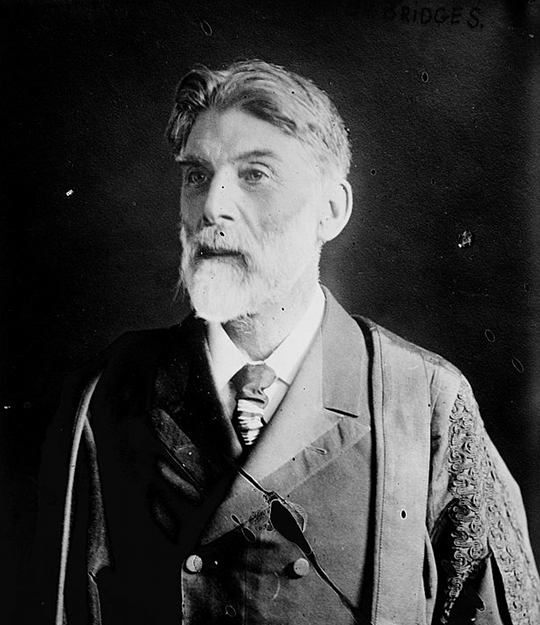
Popular success came late in life to Robert Bridges—not that he much cared.
When the journalists finally descended on his house in the summer of 1913 he responded first with indifference; and then not at all, leaving their importuning knocks unanswered. One might suspect that he had learned to hate the press from Tennyson, whose grand performance as Poet and Sage had burdened the Victorians of Bridges’s generation with an interpretation of the role whose hoary magic they could never quite forget, however much they’d come to hate the trick; but Bridges’s own reserve was deeply felt and honestly acquired.
He was born in 1844 into a wealthy family of the Kentish gentry, and as such he had no need of ever living by his pen. He loved poetry but studied medicine, believing that a physician’s practice would ground his literary efforts in what a platitudinous friend would later call “a knowledge of men.” He intended to retire at the age of forty to a life of writing; but he found after all that a little knowledge of men goes a long way; and following a serious illness he decided to pack in his doctor’s kit ahead of schedule. Raised as he had been among a tribe of rentiers whose arbitrary privilege was dignified by time and the speciousness of heraldry, he had a certain grandeur of manner, which his success as a college oarsman had only reinforced. Physically imposing, he was in his later years likened to Olympian Zeus, with white luxuriance of beard, and fingernails that had been hardened into talons by his unwillingness to bathe in water that was anything but cold. If he seemed imperious from a distance, he was among his friends good-natured, frank, and easy: his lordliness remained confined to the domain of literature, where it was ironized by the almost total apathy with which his work was publicly received.
His poems he had privately printed in small editions, austerely designed but sumptuously made; and costly. His eccentric publishing program was part of a more general revival of interest in the craft traditions of bookmaking that was then in the air. Connoisseurs, aesthetes and antiquarians hunted stalls and attics for forgotten treasures and rejected masterpieces; and small presses sprung up to produce new volumes that could be shelved with justice among those vellum bindings in the private dusk of any velvet-curtained study. Bridges’s own books were of this species, printed on handmade paper and set in the obsolescent type that a friend had found at the Clarendon Press in Oxford under a century of dust. Their very limited impressions tended to sell out; they were even profitable; but the demand for them was not so great that any avaricious publishers came calling. And he grew old in this career: esteemed by some, but never in fashion, even as the fashion swung from the overripeness of the 1890s to the jaded sobriety that marked the century’s end.
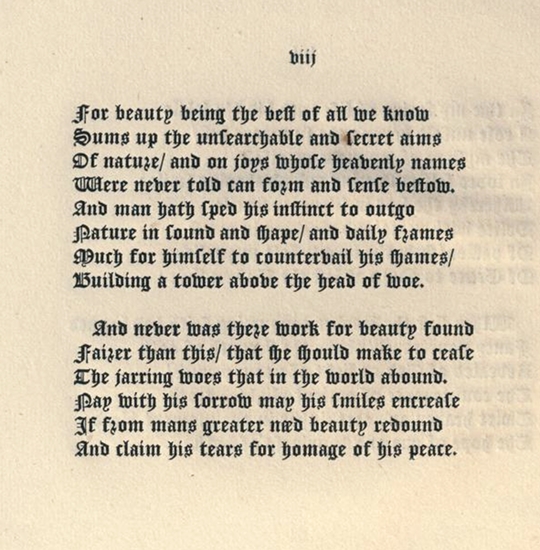
But soon Bridges found himself in a new position. An editor at the Oxford University Press plumped for his inclusion in the “Oxford Poets” series: the result, published in 1912, gathered together for the first time into an inexpensive volume the fruit of Bridges’s lonely and uncompromising art; and in its first year sold an astonishing 27,000 copies. On this swelling wave of approbation he would be appointed Poet Laureate. At the age of 69 Robert Bridges was famous.
If he had thought that his eighth decade on earth would afford him dignified repose, he had been mistaken. It brought only a war; and as the Imperial Poet it fell to him to invoke the muses as young men went to slaughter by the millions. When the war was over he turned from civic work to The Testament of Beauty, a book-length poem in which he laid out his philosophy of life. It was not a Christian philosophy. Though he never joined the small number of embattled public atheists, he had by the end completely discarded the religious enthusiasm of his youth and discovered in its place a mild sort of pagan spirituality shaped by the writings of Plato and Lucretius. But he had once been Christian; and he had once been ardent; and even if the experience had failed to furnish him with any lasting faith it had at least given him lifelong friends.
As a boy Bridges experienced the power of a strain of romantic Christianity peculiar to his time. The direction of the Church of England was then heavily disputed; from below by evangelicals who pushed for protestant austerity, and from above by a movement that sought to emphasize the Anglican Communion’s share in the medieval traditions of the Catholic Church. In Oxford in the 1830s these high church Anglicans had hammered their theology into a fine gold leaf: they were dazzled by the beauty of their work but failed to see that it was far too fragile to survive the ecclesiastic contest it invited. Where delicate theology failed, bold aesthetics would have a trial. As doctrinal points receded into the background the high church Anglicans began to indulge a taste for pageantry and ritual shared by their Pre-Raphaelite contemporaries. They dreamed of jeweled chalices and samite robes; the aromatic haze of incense; and at times the livid traces of the scourge.
Bridges fell in with the high church set at school. As boys they had no opportunity to test their radical spirit, no chance to strike it against the hard surfaces of life, to watch the sparks and see whether its cutting edge grew sharp or dull: but they were earnest in their fantasy. In later years their paths diverged. Some, like Bridges, lost their zeal and woke up from the dream, while others submerged themselves more deeply in it, drifting steadily towards the Catholic church. But before this happened Bridges met two important friends. They shared his love for poetry, a passion which would abide even after religious enthusiasm ceased to offer any common ground. For just as Bridges was abandoning his high church scruples these two friends were planning, quite independently of one another, to join the Church of Rome. They both died young, though decades apart; and in old age Bridges looked back on them, flush with his own unexpected success, remembering the literary sustenance that these friendships had given him in his youthful ambitions and in his middle-aged obscurity. As Europe sleepwalked towards the Great War this elderly Victorian neo-pagan gathered the old manuscripts of his two intensely Christian friends for publication.
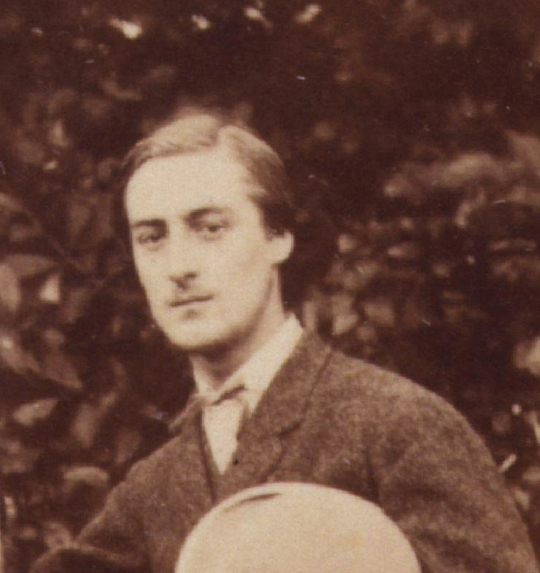
It was not only an exercise in nostalgia. One of these friends was Gerard Hopkins, who had died as a failed Jesuit priest in 1889. Bridges’s 1918 edition of the Poems of Gerard Manley Hopkins revealed in time that Hopkins’s stunted life had been a chrysalid state from whose cramped walls a broad-winged poet would emerge into the open air. Bridges’s tribute to the other writerly friend of his youth, published seven years earlier, could hardly be anything but negligible in comparison. But The Poems of Digby Mackworth Dolben does have a curious interest of its own. The poems themselves are indifferent; at best the juvenilia of an artist whose promise had been thwarted by an early death; but Bridges introduced them with a lengthy memoir that depicts Dolben’s strangely troubled life with understated skill. Henry James was intrigued by the story and wrote that it was “very beautifully and tenderly, in fact just perfectly, done.”
Robert Bridges and Digby Dolben met in the early 1860s at Eton, then as now the most celebrated of England’s public schools. Bridges was older and heartier than Dolben and as a distant cousin felt a duty to look after him. The two were drawn together by similar inclinations and a shared outlook on life, being determined, artistic, and “terribly serious.” Bridges introduced Dolben to his circle of high church friends; Dolben took to them; and before long he outdid them all in his enthusiasm for the cause. He crossed himself at meals, read improper religious tracts, and eventually made forbidden pilgrimages to consult with certain priests on the prospect of his immortal soul. To his friends he seemed dreamy, abstracted, other-worldly, even saintly: to the head master he was an agitator, dangerously misguided.
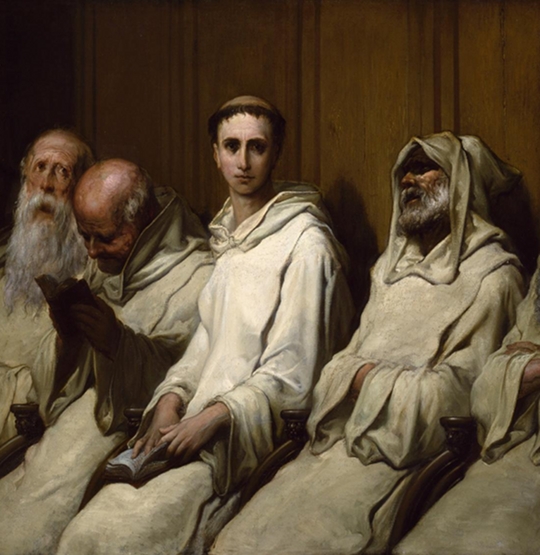
After Bridges went up to Oxford Dolben’s eccentricities increased. He became a novice in the English Order of St. Benedict, signed his letters Dominic, and was furnished with a monk’s habit which he wore in public, delighting in the provocation, wearing it on one occasion through the streets of Birmingham, walking barefoot, surrounded by a mob. More and more he seemed to live in dreams, hoping to ignite his friends with embers of his fervency and planning the creation of a mystic Anglo-Catholic Brotherhood at a monastery of their own establishment. Meanwhile his health deteriorated; he left Eton for good; and lived between illnesses with a series of private tutors whom his parents hoped would raise his Greek and Latin to Oxford standards. While sitting his entrance exam at Balliol he fainted midway through and was disqualified. While preparing for a second try at Christ Church, he died: drowned in the River Welland where he had been swimming with the young son of his tutor. He was 19 years old.
These are the circumstances of the last years of his life as Bridges gives them: but his technique as a biographer is subtle. His brief life of Dolben is composite and many sided, gaining a range of textures from the incorporation of other voices, including that of Dolben himself, whose letters are excerpted and whose poems are called on to illuminate the recesses of his inner life. And it is here in the biographical application of Dolben’s poetry that Bridges is at his most suggestive.
He identifies two strands that run through Dolben’s poems. The first is his mystic and medievalizing Christianity, which came to dominate his writing in the last two years of his life. The second is his ardent affection for another of his Eton classmates, a particularly attractive (if in Bridges’s estimation somewhat vacuous) member of their high church circle. Bridges calls this an “idolization” but infatuation is a better term; the poems are plainly homoerotic. While editing the book Bridges refused the suggestion put forth by mutual friends that he rewrite Dolben’s poems to read as though they had been written for a girl: but he did agree to suppress the identity of Marchie Gosselin, the seemingly oblivious young man who had so enamored Dolben and who had himself died a few years before Bridges began his memoir, as the British Minister to Lisbon and a knight. (His widow requested the suppression after denying access to his diary.) Bridges does not ignore this part of Dolben’s life—in a way he seems to ruminate it deeply—but his expression is hesitant, extremely guarded, couched in an almost Jamesian aversion to any direct, conclusive statement. Was he grasping for an acceptably oblique means of treating what was still an impossible subject? Or did he only dimly see the subtext that is so evident today? His account of Dolben’s death presents similar ambiguities; and one wonders in the end whether Bridges intended to raise the possibility that Dolben committed suicide.
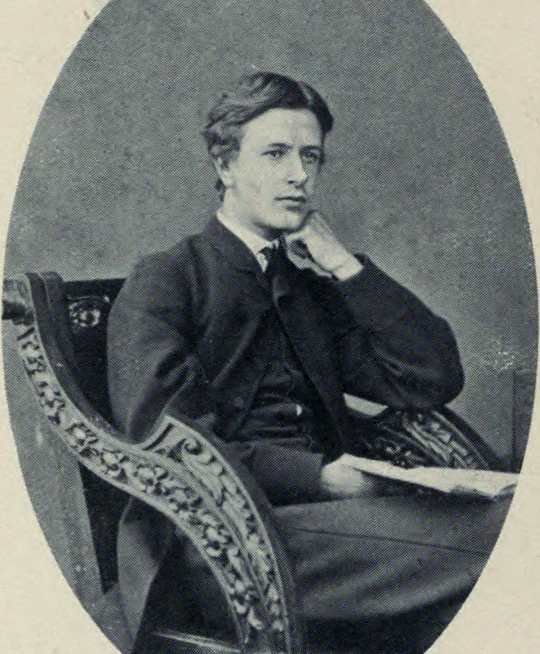
To the extent the book is ever read today, it is by Hopkins scholars looking to shed some light on that poet’s own frustratingly elusive inner life. For Hopkins and Dolben knew each other, wrote letters to each other, and read each other’s poetry: though they met on only one occasion, in Oxford, at Bridges’s instigation. The suggestion made by many biographers that Hopkins was in love or at least infatuated with Dolben is eminently credible, though not undisputed. After he heard the news of Dolben’s death Hopkins wrote to Bridges that “there can very seldom have happened the loss of so much beauty (in body and mind and life) and of the promise of still more as there has been in his case”—and wondered whether Dolben’s family had thought of publishing his poems.
Carl Miller is a harmless North American collector of second-rate books. He is currently at work on The Sweetest Taboo, an anthology of purple prose.
The Poems of Digby Mackworth Dolben (1915 edition), with introduction by Robert Bridges.
The Growth of Love (1890), by Robert Bridges.
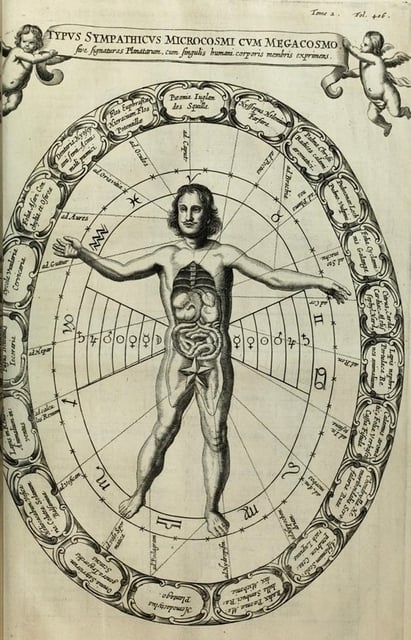 Athanasius, Underground
Henry Morton Stanley and the Pygmies of “Darkest Africa”
After returning from his disastrous mission to central Africa to rescue a German colonial governor, the explorer Henry Morton Stanley was eager to distract from accusations of brutality with his ‘discovery’ of African pygmies. Brian Murray explores how after Stanley’s trip the African pygmy, in the form of stereotype and allegory, made its way into late Victorian society.
Athanasius, Underground
Henry Morton Stanley and the Pygmies of “Darkest Africa”
After returning from his disastrous mission to central Africa to rescue a German colonial governor, the explorer Henry Morton Stanley was eager to distract from accusations of brutality with his ‘discovery’ of African pygmies. Brian Murray explores how after Stanley’s trip the African pygmy, in the form of stereotype and allegory, made its way into late Victorian society.